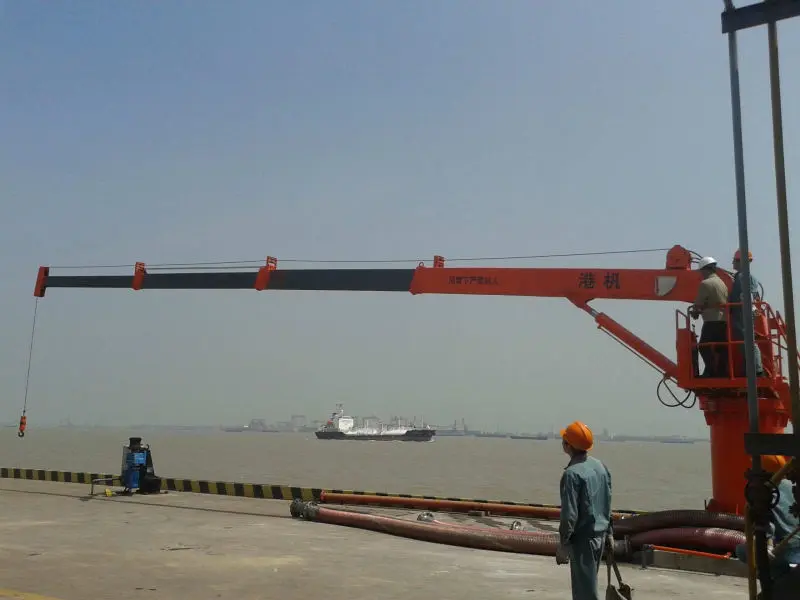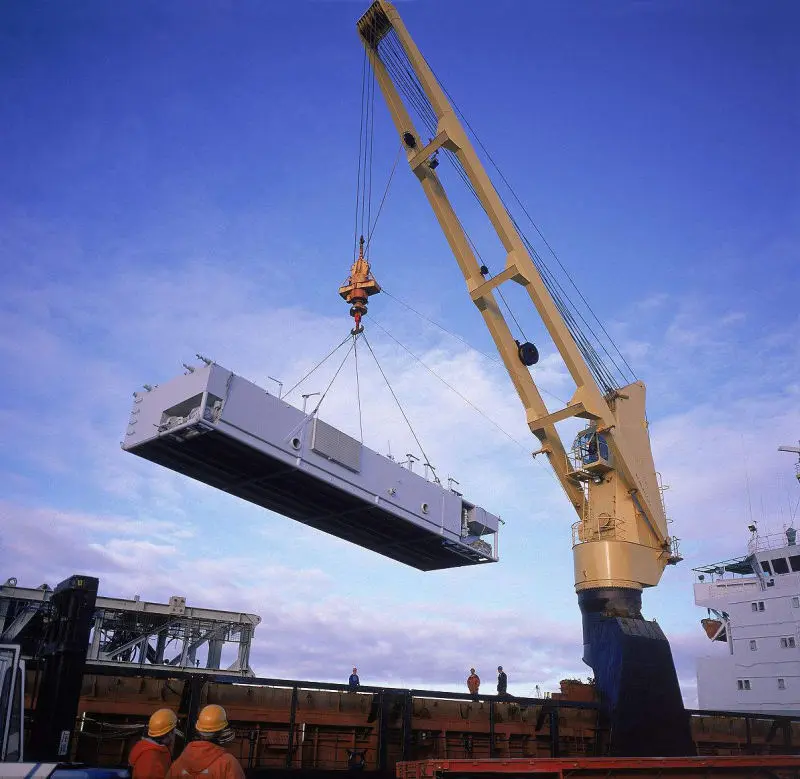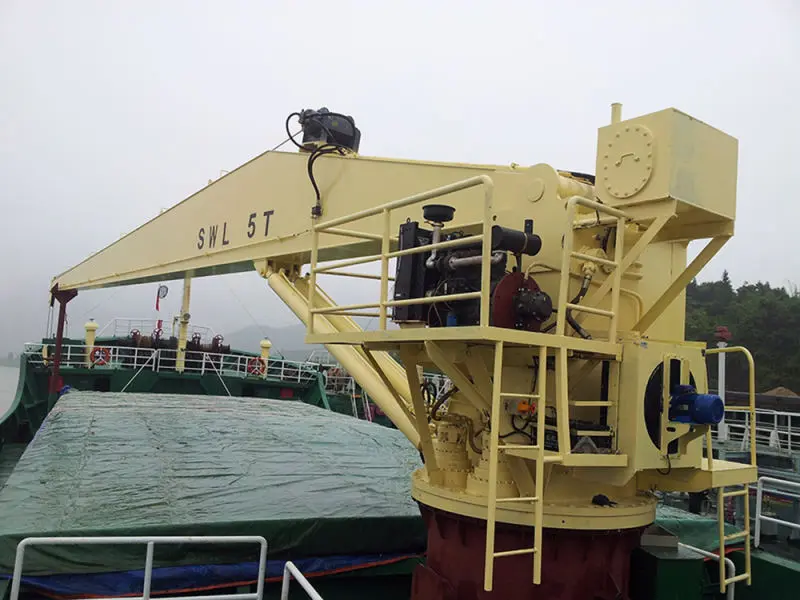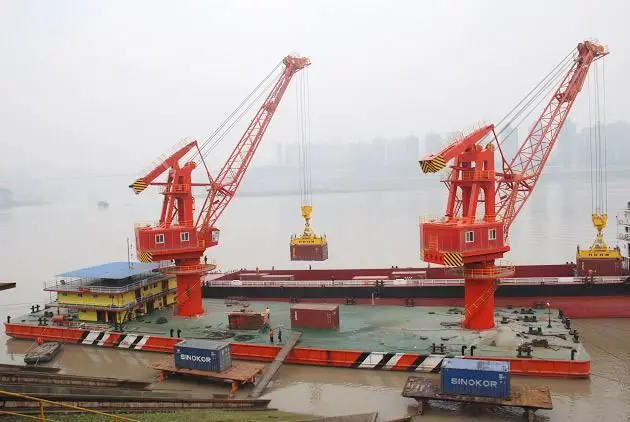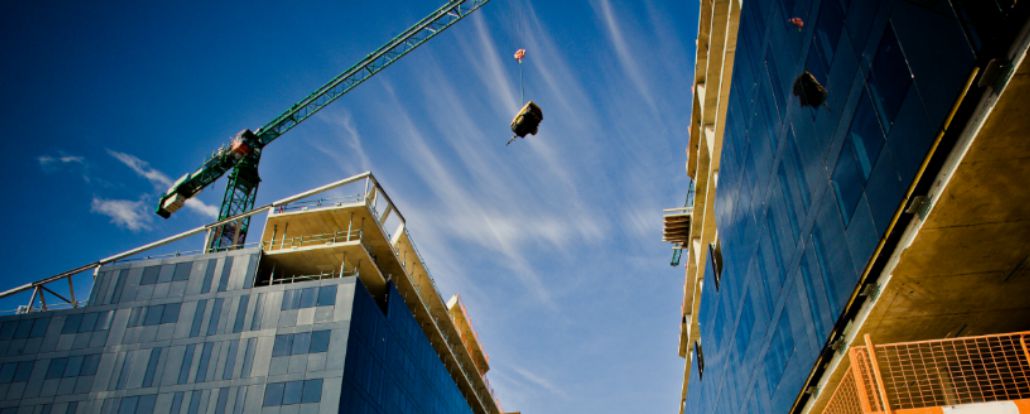
Amid recent news of a terrifying double crane collapse on August 3, which crushed multiple homes and shops in Holland, the importance of overhead crane safety continues to show that it cannot be stressed enough. Cranes and hoists are necessary in many construction applications, such as the building of the bridge in Holland where this recent collapse occurred. Equipment failure and improper use of cranes cause accidents, property damage, injuries and fatalities every year. Implementing overhead crane safety that recognizes hazards and adheres to simple inspection and safety guidelines can reduce the likelihood of these unfortunate events.
Hazards You Should Look Out For
■ Electrical Hazards.Coming into contact with energized power lines can be deadly; the rule of thumb is to assume all lines are live. Although it usually harms the person in direct contact with the crane, there is a risk of others being injured. Pre-job safety planning can be instrumental in preventing electrical dangers. Local safety regulations will outline a safe distance between operators and power lines. Marking off the safe distance with tape and signs can be helpful for providing a visual aid to the crane operator.
■ Overloading. Common sense says that a crane should never be overloaded past its rated weight capacity; otherwise, you risk collapse of the crane toppling over. However, it does often occurs when an experienced operator decides to trust their instinct on what sort of load their crane can bear, instead of following safety procedures. Using load-measuring systems and other technologies can help prevent overloading.
■ Side pull. Cranes and hoists are designed to lift straight up and straight down according to the Hoist Manufacturers Institute and the Crane Manufacturers Association of America. A side pull can cause the wire rope to come out of its groove and damage itself by scraping against the drum or remaining rope. It’s not unheard of for the rope to jump the drum itself, causing it to tangle around the shaft and put additional stress on the rope.
■ Falling materials. There’s always a risk of falling materials at any construction site. Mechanical failure, slippage, visual impairment, and incompetency on behalf of the crane operator are all potential causes. It’s important for workers to wear their hardhats and engage in personal safety measures; however, that is often not enough to prevent injury or fatality when a load is dropped.
■ Braking issues. A contributing factor to the hazard of falling materials is reliance on second braking. Primary and secondary brakes are required for all hoists, and electric hoists will have a drum brake or fail-safe disc brake. These are to ensure that the crane will continue to hold its load if the power suddenly goes out.
Secondary Brakes are not Foolproof
There are two main types of secondary brakes, mechanical load brakes and regenerative brakes. Mechanical load brakes are rarely used because they are expensive and generate a lot of heat. Regenerative brakes are more common, but they are not designed to hold the load in the result of a primary brake failure, instead they will lower the load at the standard operating speed.
Keep in mind that no matter what kind of secondary brake a crane or hoist is using, it is unsafe to walk beneath a load. Whether the load takes a controlled fall or just drops, the results for anyone underneath the load could easily be fatal. Proper overhead crane safety assumes that the crane operator is not relying on the assistance of secondary brakes.
Overhead Crane Safety Calls for Daily Inspections
A simple safety check requires the operator to use their eyes and ears and keep record of what they find. A visual survey can often confirm whether the:
■ Area is clear
■ Crane looks operational
■ Crane might be in need of repair
It’s also important to check to make sure that the end stops are in place and functioning. Crane operators should make sure that the hoist is working in all directions, and that the buttons’ directions match its movement. Safety circuits will be disabled and all of the directional buttons will be wrong if the power phases happen to be reversed.
An experienced operator can tell a lot by listening to the crane as well, including unusual sounds when running up the hoist, or trolley and bridge movement. After examining the hoist and going through your inspection checklist, make sure to document any changes or anything unusual.
Most if not all of the accidents associated with overhead crane use are easily preventable by paying attention to potential hazards, performing daily inspections and just using common sense.

